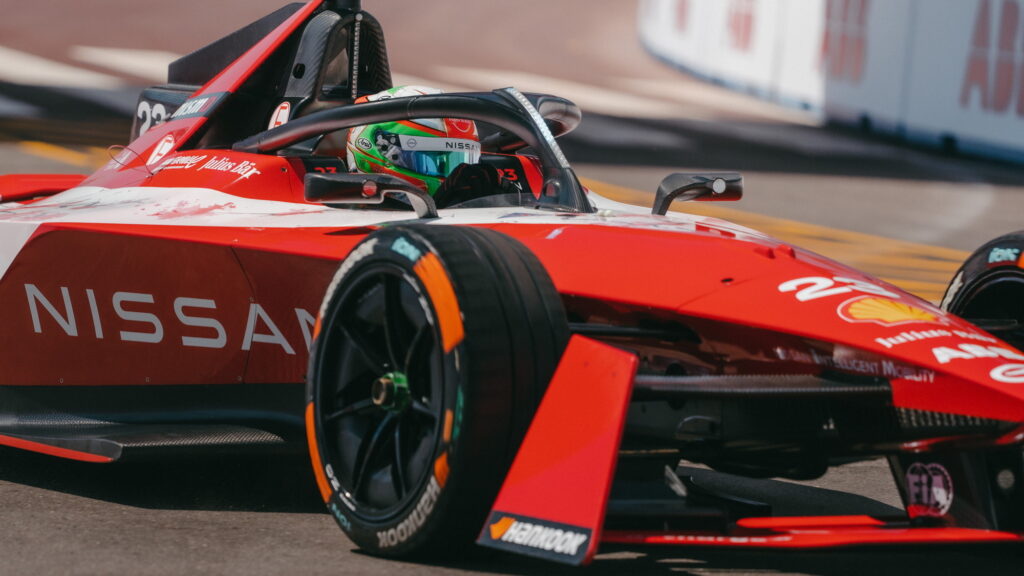Formula E has done a good job of carving out a space for itself as the more environmentally conscious but smaller sibling to Formula One. However, just because the sport is more conscientious, doesn’t mean it’s better in every way.
For Formula E drivers, there is a particularly high risk of hand injury when compared to other racing disciplines, even the higher-speed and equally open wheel sport of F1. Indeed, hand injuries are the most frequent type of injury in Formula E.
While it is undoubtedly good news that broken hands are more common than other, more life-threatening types of injury, that doesn’t necessarily do justice to how gruesome they can be. While there is no shortage of stories to choose from, Dutch driver Robin Frijn’s recent accident in Mexico is a good example of why this is actually a pressing issue.
Read: Wrecked Racecar’s Wheel Goes Flying Over Crowd, Smashes Into Parked Car At Indy 500

The ABT Cupra Formula E Team driver was involved in a relatively minor accident in the opening round of this season’s championship, when he suffered an injury that it took him eight weeks to recover from. The crash occurred on the opening lap of the Mexican E-Prix after running into the back of another car.
Frijns’ car made contact with the car ahead at the front left wheel, ripping the steering wheel out of his hand. He later described it as the worst injury as the worst in his career, adding that “the bone was sticking out of my hand, no fun.”
Just why hand injuries are the most common kind in Formula E isn’t yet known with absolute certainty. However, there are some theories, and it may ultimately come down to a combination of reasons, a video from the Formula Everything YouTube channel suggests.
Potential culprits
To start, Formula E cars don’t have power steering, which means that drivers have to work harder to turn the steering wheel than in some other motorsports. In addition, the electric cars happen to have a relatively high caster angle, which means that drivers experience between 15 lb-ft (20 Nm) and 26 lb-ft (35 Nm) of torque at the steering wheel. For comparison, F1 drivers only experience between 9 lb-ft (12 Nm) and 11 lb-ft (15 Nm) of torque, thanks to power steering.
On top of that, the steering ratio means that Formula E steering wheels can be turned more than F1 cars’. That means that, in an accident, the wheel will turn more, and transmit more torque to the driver’s hands while doing it.
That’s only made worse by the fact that Formula E mainly races on street circuits, making collisions more common. Despite that, Formula E’s co-founder, Alberto Longo has said that though the sport is looking into the phenomenon, there will be no adjustments to the racecars before season 11, which is set to take place in 2025.




